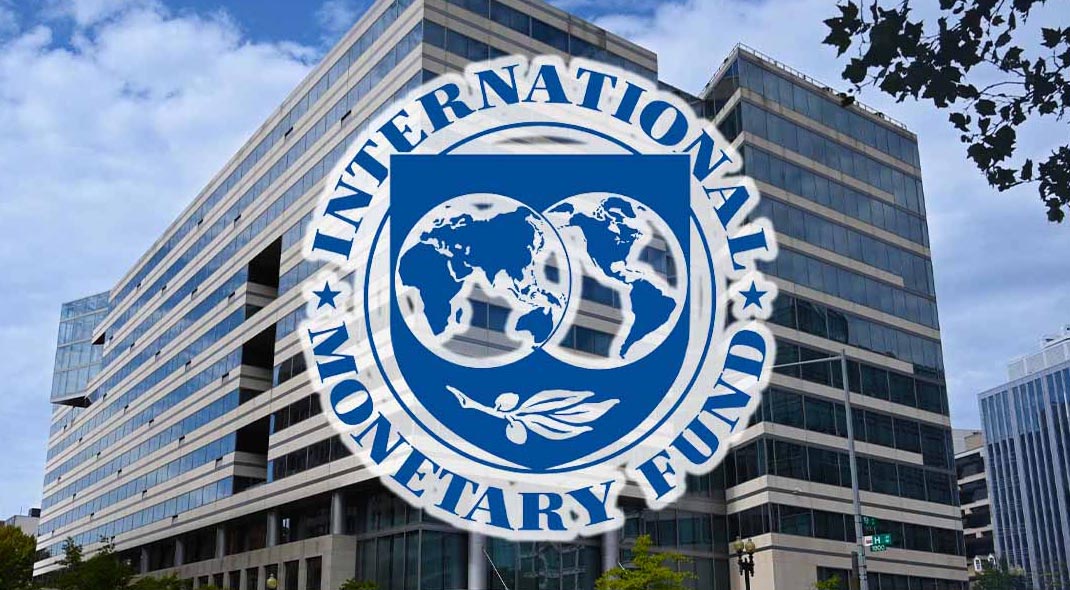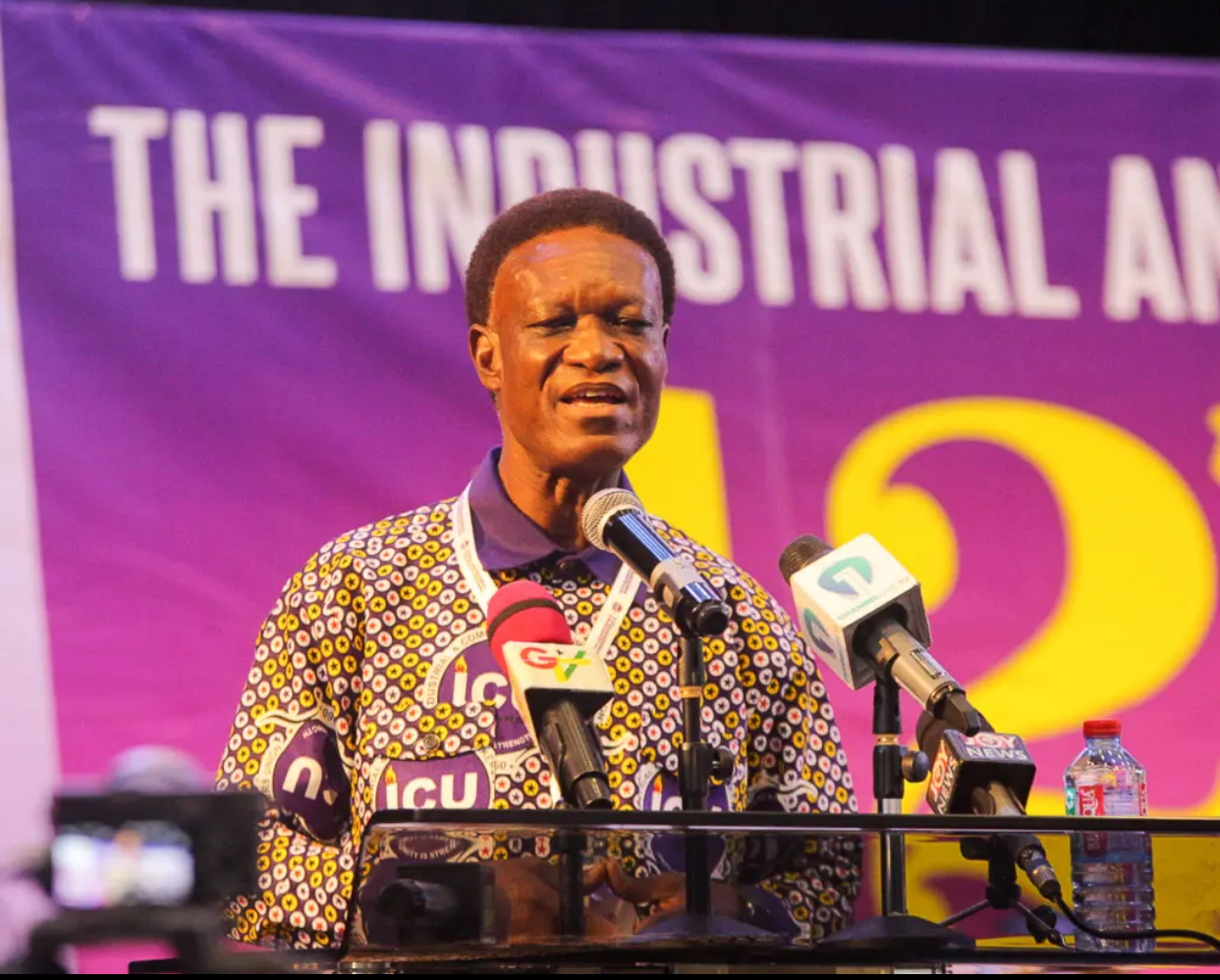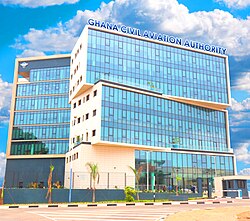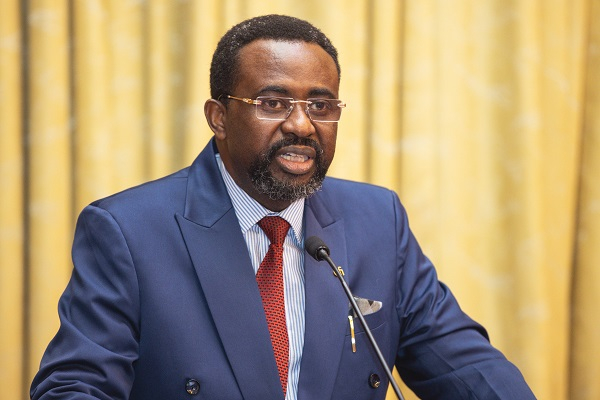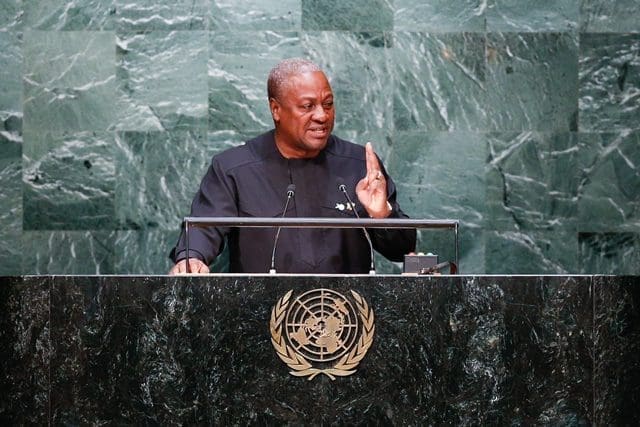In a hopeful turn for Ghana’s economy, the International Monetary Fund (IMF) has projected the country’s debt-to-GDP ratio will fall to approximately 60% by the end of 2025 — a dramatic improvement largely credited to its sweeping debt restructuring efforts.
Speaking during a press briefing in Washington, D.C., on Thursday, September 11, IMF Director of Communications Julie Kozack described the development as a “specifically steep reduction” in Ghana’s public debt, calling it a “meaningful step toward restoring fiscal sustainability.”
“The recent debt restructuring agreement has significantly improved debt service indicators for Ghana,” Kozack said, adding that the improved outlook could unlock space for economic recovery and attract critical investment inflows.
The shift marks a pivotal moment for Ghana, which in recent years has wrestled with soaring debt levels and economic headwinds worsened by global shocks and domestic pressures. But the IMF says the country is turning a corner — with the numbers to back it up.
Figures from the Bank of Ghana support the trend: as of June 2025, the total public debt stood at GH¢613 billion, or 43.8% of GDP — a substantial drop from previous years.
The IMF credits the sharp decline not only to debt restructuring, but also to the bold reform agenda pursued by Ghana’s current administration. Measures have included a tighter monetary policy stance, a strong budget framework, public financial management reforms, and even politically sensitive steps like electricity tariff adjustments.
Still, Kozack emphasized that the work is far from over.
“Sustaining these gains will require continued reforms,” she warned. “That means boosting domestic revenue, strengthening public financial management, and, most importantly, maintaining fiscal discipline.”
As Ghana navigates its post-restructuring path, the IMF’s projection offers cautious optimism — a signal that with discipline and strategic reforms, the West African nation may be steering itself back to a more sustainable economic course.



